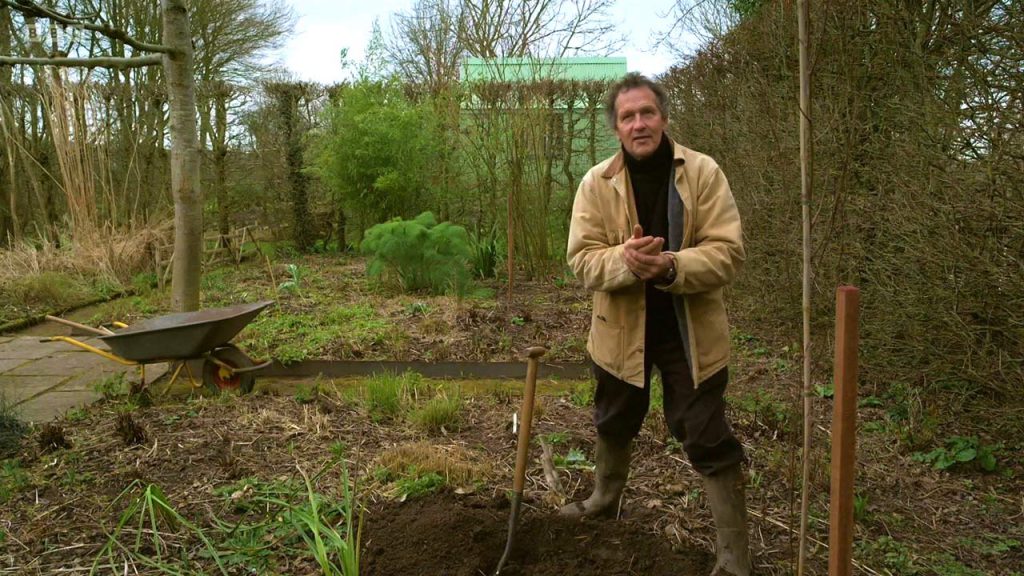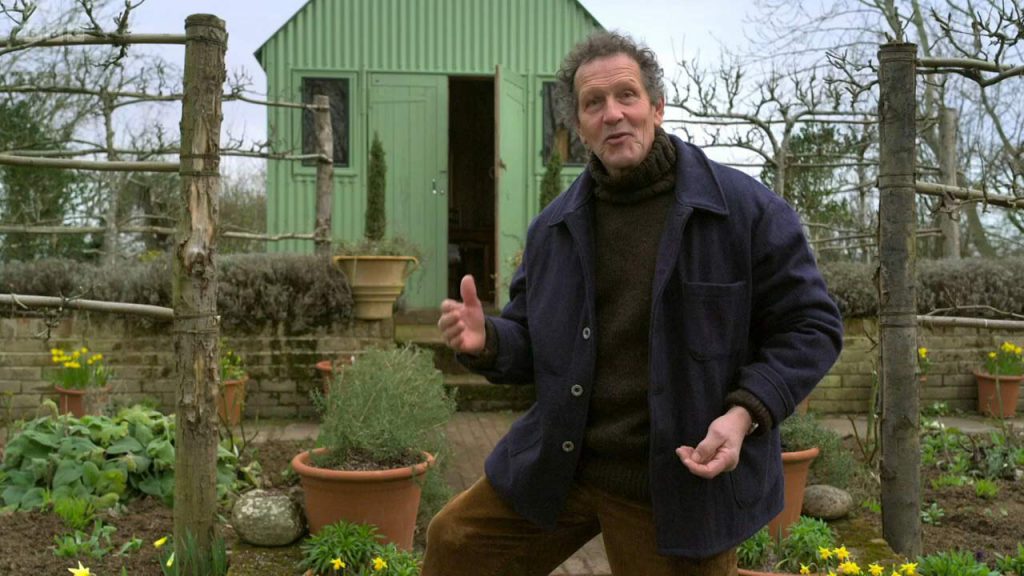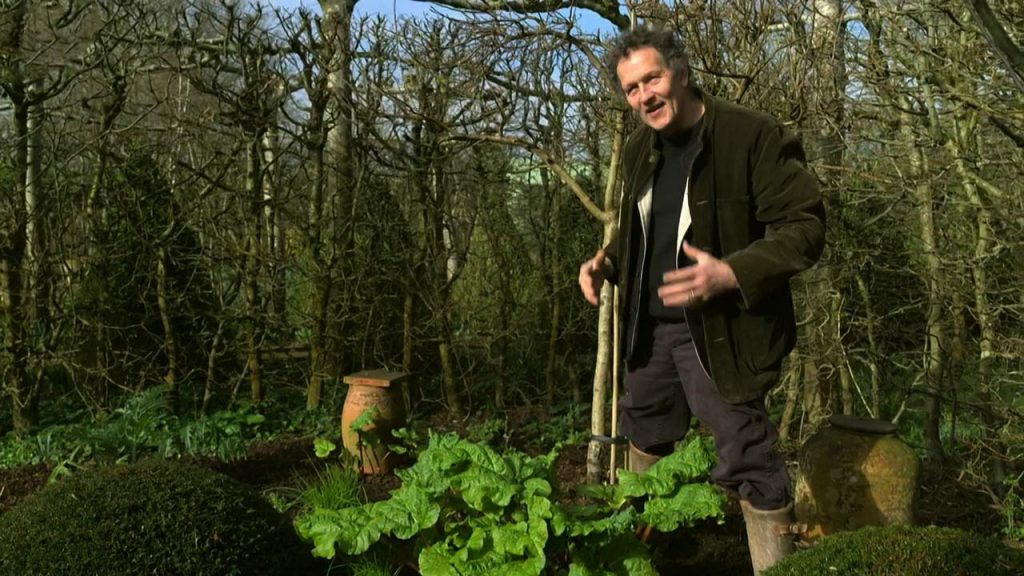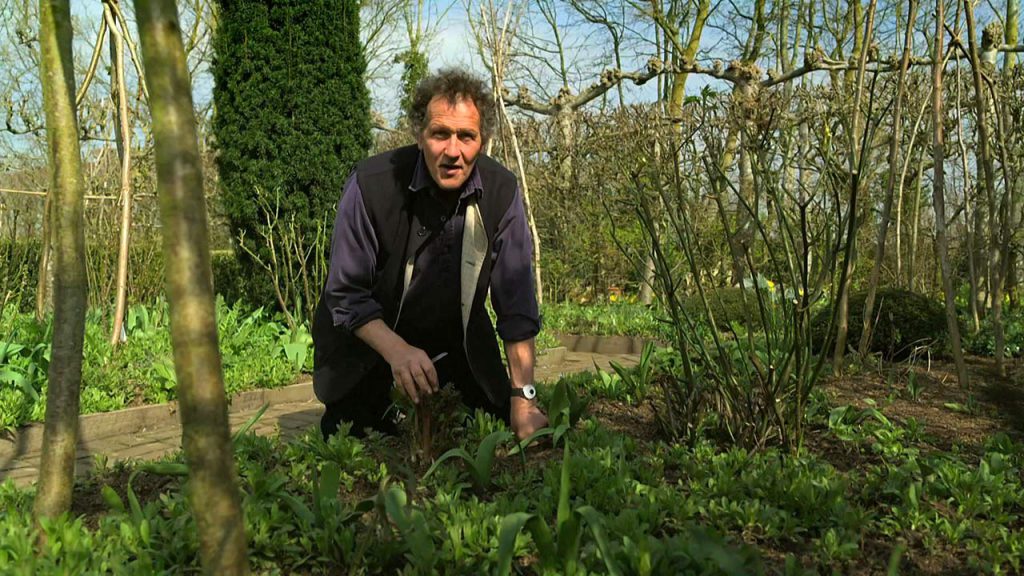Gardeners’ World 2022/23 Winter Specials episode 1: In the first of four special programmes celebrating the joy that the gardening year brings, Monty harvests his favourite winter veg, demonstrates how to take hardwood cuttings and plants up a container with tulips for a display of spring colour.
Joe Swift meets TV presenter AJ Odudu and discovers her passion for house plants, Carol Klein visits RHS Rosemoor in Devon, a garden with enough colour and texture to brighten even the darkest of winter days, and Sue Kent and Toby Buckland take an inspirational trip to Piet Oudolf’s garden at Hauser & Wirth in Somerset.
The head gardener at West Dean Gardens in West Sussex shares his tips on growing ranunculus, and there’s a look at an incredible collection of bamboo at Trebah Garden in Cornwall. There’s also a chance to see what viewers have been getting up to in their gardens.
Gardeners’ World 2022/23 Winter Specials episode 1
Plants for winter interest
Many plants with winter interest are scented, most are shade tolerant, and some are adaptable to life in containers so can be moved in and out of the limelight according to the season. The sight and scent of these valuable plants can cheer up a dull time of the year. Interest in the winter may come from flowers, scent, berries, coloured stems or dramatic evergreen foliage. Plants with fragrance are best appreciated when planted by doorways or entrances in regular winter use. Since some are not particularly attractive during the summer months, you may find it useful to plant in containers and change plantings according to the seasons.
How to take hardwood cuttings
Hardwood cuttings provide an easy and reliable method of propagating a range of deciduous climbers, trees and shrubs, and as bonus, they are taken from mid-autumn until late winter when more time is usually available to the gardener. Some evergreen plants, hollies for example, can also be taken at the same time of year as other hardwood cuttings.
Hardwood cutting are taken in the dormant season (mid-autumn until late winter) after leaf fall, avoiding periods of severe frost. The ideal time is just after leaf fall or just before bud-burst in spring. Although this type of cutting may be slow to develop roots and shoots, it is usually successful. The cuttings can generally be forgotten about until the following year, as the cut surface undergoes a period of callusing over the winter from which roots will develop in the spring.
If outdoor conditions are unsuitable, or for slow rooting plants, bundles of 10 to 12 cuttings can be temporarily planted in a frame or pot filled with moist sand until the spring. Cornus and Laburnum are examples of hardwood cuttings which may take longer to root. In early spring, before the buds break, make a trench 12.5cm (5in) deep and set the cuttings out as described above. If you need more than one row, space them 30-40cm (1ft-16in) apart. Firm the soil around the cuttings. The following autumn the cuttings should have rooted and can be planted out or potted on as required.
How to grow bamboo – Gardeners’ World 2022/23 Winter Specials episode 1
Bamboos are vigorous and dramatic plants with a touch of the exotic. Their beautiful swaying canes and evergreen foliage add year-round structure and movement. You can choose from various stem colours, heights and foliage types, and opt for spreading types or clump-formers. There are bamboos for almost every growing condition, and for gardens large or small. Bamboos are ideal as living screens, bold focal points or ground cover. They suit tropical-style plantings, Japanese gardens, woodland areas, contemporary designs and even large containers.
Most bamboos thrive in a sheltered, sunny spot. However, there are bamboos for nearly every site. They prefer moist, fertile and free-draining soil, but will tolerate most soil types. They can cope in moderately poor soils, but not in constantly waterlogged or extremely dry conditions. Check plant labels before buying to ensure the bamboo you choose will thrive in your conditions.
It’s best to plant bamboo in spring, so that the energy stored in their rhizomes (underground stems) can be used to produce strong new canes in summer. The rhizomes will then have time to put down roots before the plant becomes dormant from autumn to spring.




